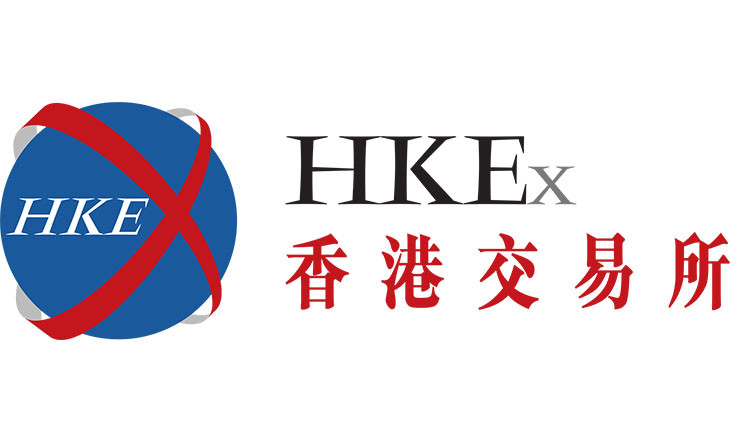It’s been few months since the Hong Kong Exchanges and Clearing Limited (HKEX) has rolled out its Volatility Control Mechanism (VCM) for its securities market. Time has come for the exchange to do the same for its derivatives market on Monday, 14 November 2016. The VCM is a measure designed to protect market integrity by preventing extreme price volatility arising from major trading errors and other unusual incidents.
HKEX’s securities market has had its VCM since 22 August 2016.
Many international exchanges have a mechanism to control extreme price volatility. In the case of HKEX’s VCM, a simple and light-touch model was chosen after extensive consultation with market participants, with a view towards protecting investors while minimising trading interruptions.
How HKEX’s VCM for its derivatives market works:
- Only applied to the spot month and next calendar month contracts of Hang Seng Index (HSI) Futures, Mini-HSI Futures, H-shares Index (HHI) Futures and Mini-HHI Futures
- An attempt to trade a contract covered by the VCM at a price more than 5 per cent away the reference price – the price of the last, or most recent trade, 5 minutes ago, excluding prices of combo vs combo trades, tailor-made combination trades and block trades* – will trigger a cooling-off period of 5 minutes where trading of the contract can continue but within a band
- Maximum of one trigger per contract in each of the two (morning and afternoon) trading sessions
- Cooling-off period does not apply in the Pre-Market Opening periods (8:45 to 9:15 am and 12:30 to 1:00 pm), After-Hours Futures Trading session (5:15 to 11:45 pm), first 15 minutes of the morning and afternoon trading sessions (9:15 to 9:30 am and 1:00 to 1:15 pm) and last 15 minutes of the afternoon trading session (4:15 to 4:30 pm) to allow free price discovery
The cooling-off period in the VCM mechanism alerts the market, provides a short time window allowing market participants to reassess their strategies and positions, and helps re-establish an orderly market at times when there is abrupt and drastic price movement for the contract concerned, said Roger Lee, HKEX’s Head of Markets.
The VCM is not intended to limit the ups and downs prices in normal market conditions, Mr Lee added. Given that the VCM is designed to safeguard the market from extreme price volatility arising from major trading incidents, market participants should not expect it to take effect very often and should continue to exercise due care and remain cautious in their trading.
HKEX proposed the VCM in a consultation paper after the G20 and the International Organisation of Securities Commissions issued guidance on implementing control mechanisms in trading venues to deal with systemic risks arising from volatile market situations. Based on the consultation feedback, HKEX decided to proceed with implementation of the VCM after concluding that there was substantial market support for its proposal.
*If there are no trades between the beginning of the trading session and the beginning of the VCM monitoring period (9:30 am for the morning trading session and 1:15 pm for the afternoon trading session), VCM monitoring will be postponed until after the first trade of the session.
